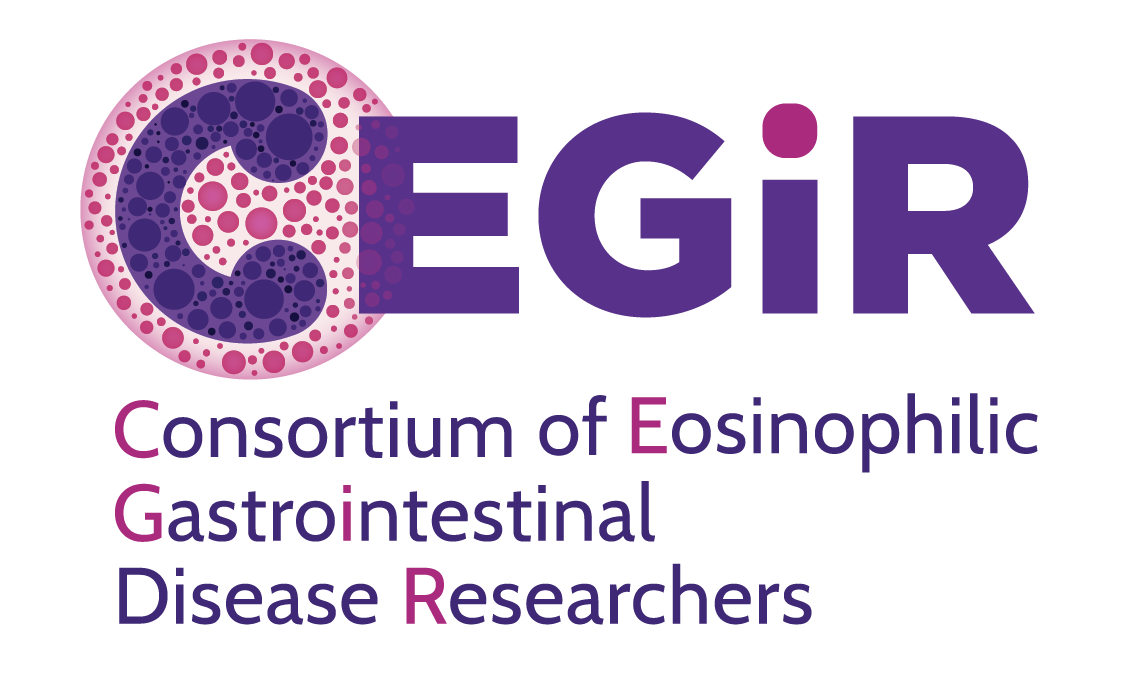Skip to main content
- H. pylori: (helicobacter pylori) A bacteria that can cause ulcers in the stomach and duodenum. People with H. pylori infection may not have symptoms, or they may experience abdominal pain, nausea, vomiting, or frequent burping.
- Heartburn: A symptom gastroesophageal reflux disease (GERD).
- Helminth: Also known as parasitic worms.
- Hematochezia: Red blood in the stool.
- Hepatic: Referring to the liver.
- Hepatic Flexure: The bend in the large intestine that is located on the right side of the abdomen just under the liver and connects the ascending colon with the transverse colon.
- HES: See Hypereosinophilic Syndrome.
- Hiatal Hernia: A condition in which a small part of the upper stomach pushes through the diaphragm. A sliding hiatal hernia is usually asymptomatic or only causes occasional minor heartburn. A non-sliding hiatal hernia may easily become strangulated, thus requiring surgical correction to prevent potentially serious complications.
- Hiccough: A spasm of the diaphragm. Also spelled hiccup.
- High Power Field (HPF): A term used to describe the area examined under a microscope.
- Histamine: A chemical your body produces in response to an allergic reaction. It also mediates several other biological activities in the body. There are 4 histamine receptors (H1-4) that are found on cells. Antihistamines, like Benadryl®, block some of the histamine receptors, and relieve symptoms of the allergic reaction.
- Histology Scoring System: A tool by which data can be obtained from tissues.
- Hives: (See also Urticaria) A raised and red skin reaction caused by a local or systemic exposure to a substance that is typically triggered by local mast cell activation.
- HPF: See High Power Field.
- HSS: See Histology Scoring System.
- Hydrochloric Acid (HCL): A component of gastric acid that is produced by cells in the lining of the stomach. This acid helps digest food in the stomach.
- Hypereosinophilic Syndrome (HES): A rare group of conditions that are associated with persistent eosinophilia with evidence of organ involvement.
- Hyperplasia: An increase in the number of cells in an organ that leads to increased thickness or size of the organ.
- Hypoallergenic: Low potential to cause allergic reactions.

